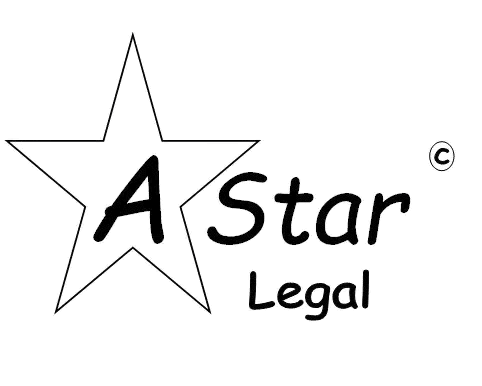Last updated on October 1st, 2024 at 06:35 am
Introduction
ISO certification examines the products and services of businesses, organizations, or industries. And gives them a seal of approval. The letter issued by it for ISO is ISO certification. According to the business, there are 9 types of certification, and we will learn about ISO Certification Requirements further. It examines quality and standardization.
ISO will not issue certification letters itself. External bodies will issue ISO certification letters to organizations. This also requires documents. Learn more in-depth on the Certification requirement document which is only given to organizations, companies, or industrialists who do business. ISO certification is required to show the standard of the business and establish the level of the organization at the international level.
Table of Contents
ToggleBenefits of ISO Certification
International credibility: ISO certification reflects the standardization and credibility of the organization in foreign trade and shows the value of this organization in global trade.
Government contracts (Tenders): It is also necessary for the organization to get ISO registration to receive government tenders.
Business Efficiency: This certificate increases the efficiency of the organization brings benefits to business, and increases goodwill.
Product quality: Iso certification brings the product quality to par with international standards
Marketability: Iso certification increases the credibility of the organization and helps in marketing the business.
Types of ISO Certification
1. ISO 9001 – Quality Management System.
2. OHSAS 18001 – Occupational Health & Safety Management System.
3. ISO 37001 – Anti-bribery Management System.
4. ISO 31000 – Risk Management.
5. ISO 27001 – Information Security 5 Management System.
6. ISO 10002 – Complaint Management System.
7. ISO 14001 – Environment Management System.
8. ISO 26000 – Social Responsibility.
9. ISO 28000 – Security Management.
10. ISO 22000 – Food Safety Management.
11. SA 8000- Social Accounting.
12. ISO 639 – Language Code.
13. ISO 4217 – Currency Code.
14. ISO 3166 – Country Code.
15. ISO 8601 – Data and time format.
16. ISO 20121 – Sustainable Events.
Required Documents For ISO Certification
- Copy of PAN Card
- Passport size Photograph
- Copy of Aadhaar card/ Voter ID card
- Two copies of the sales bill/ purchase.
Along with all these documents, certification also depends on other factors such as what will be the certification fee for the organization, how much time the certification process will take, choosing the body of the certificate, etc. It is important to keep these things in mind.
Application Fee for ISO Certification
The fee for ISO Certification depends on the things of the organization.
- Size of the organization
- Number of employees
- Organizational processes
- Level of risk associated with the scope of services offered by the organization
- The complexity of the management system
- Number of working shifts.
ISO Certification Process Time
The time for ISO certification is from 10 to 15 days.
Choosing an ISO Certification Bodies
Registration will require an external certification body. The institute also has Hence, it is important to identify a reliable certification body. external Certification The organization must pay attention to the points given below.
- To evaluate all serval certificate bodies.
- Check whether the Certification Body is using CASCO standards.
How to Obtain ISO Certification
Creating an Application: After selecting the ISO standard and ISO certification body, the organization makes an application. it shall specify the rights and responsibilities of the applying organization and the certification body parties and shall also set out issues of liability, confidentiality, and access rights,
Inspection of documents by the Registrar: The Registrar will examine the quality manuals and documents relating to all policies and procedures of the organization.
Pre-determined need assessment: In this phase, the ISO auditor checks the quality management system, essential deficiencies, and systems of the organization.
Keeping an action plan ready: The organization prepares an action plan to rectify the deficiencies pointed out by the ISO Registrar.
Onsite Inspection & Testing: The ISO Registrar will personally inspect whether the deficiencies have been rectified by the organization or No.
Getting an ISO Certificate: ISO will guarantee the organization.
For more information about ISO Certification Requirements Kindly visit Astarlegal.com



